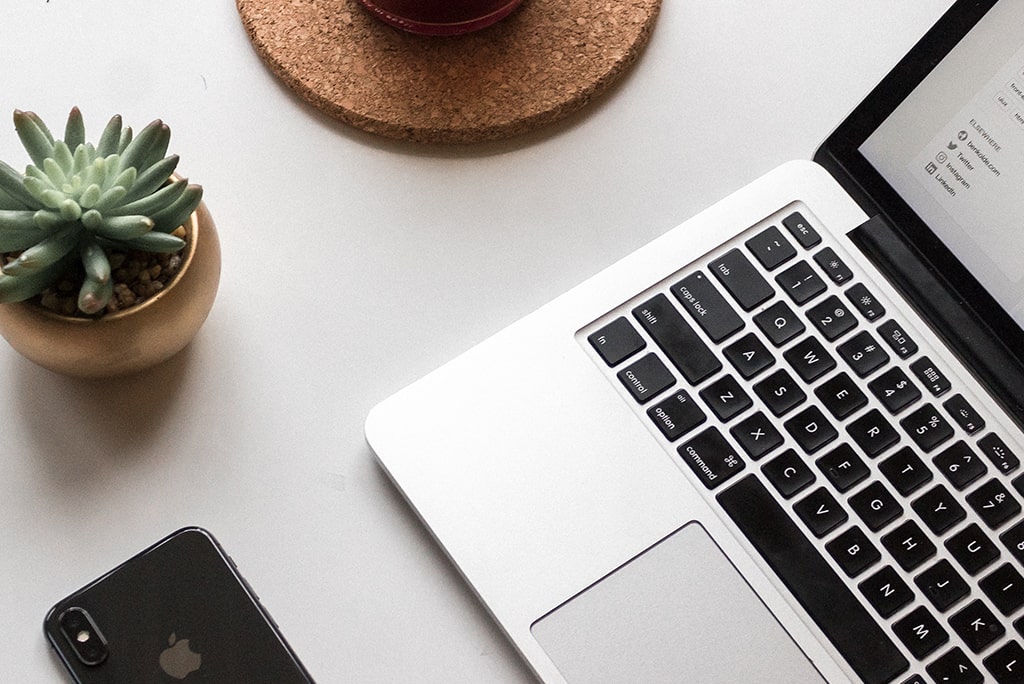
Design professions are very flexible, and aimed at independent work, which means running your own business. Therefore, a designer who wants to correspond to the market requirements should be well-oriented in related areas and business processes, particularly in communication with the client.
Choose a reliable communication channel.
If you communicate with foreign clients, they usually use different messengers and are located in various time zones. Explain to the client that you need all this information not to bore them with questions but to be able to contact them quickly in case of an emergency.
Brief the client as clearly as possible, and do not be afraid to ask questions.
To do your work well, you must be 100% sure you have correctly evaluated all goals and tasks, client wishes, and design capabilities. You should discuss file format, deadlines, project components, and other details at the briefing stage. And remember: if it seems to you that the client has not fully understood something, then it’s probably true. Only the designer knows design work processes for the best. Therefore, clarifying and asking questions is better until the project has reached the final stages of work, at which corrections become more and more expensive.

Respond to the client quickly, honestly, and in detail
Sometimes some part of the work is slightly delayed due to unforeseen circumstances, and everything does not go exactly according to plan. It happens often, but it does not mean that the client will be calmer if he does not know anything. There is no need to ignore questions or claim that everything is under control during such a period. Give an honest answer that the work process is ongoing and, despite the delay, you will be able to present the result you discussed earlier.
Inform the client about the progress of the work.

Try to discuss crucial issues in person, and if you can't, present your thoughts vividly.
Regardless of the design specification, it is best to directly discuss interim work results or necessary work clarifications with the client or contractor. It is highly desirable to make this conversation personal. In the era of digitalization, personal business communication will not be a technically-difficult step and will bring more benefits than correspondence. If it is impossible at a particular moment, try to organize files, photos, or anything you present to the client. Graphic, landscape, interior designers, and even product and fashion designers at some stages of work can show their results with a bright presentation.
Communication with the client is part of the work process and forms a professional reputation. It will surely bring rewards in the form of positive reviews, repeat orders, long-term cooperation, and a vast network of contacts.